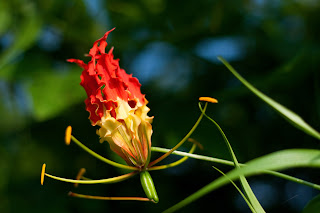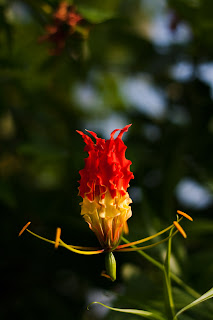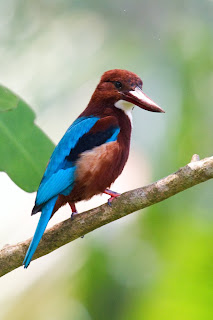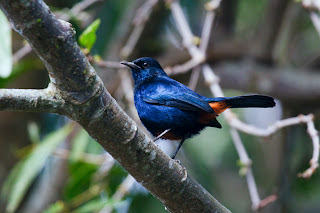The iMac
I've been a PC user for as long as I can remember but when I needed to upgrade my home machine, I decided to take a serious look at what Apple had to offer. One of the main reasons for looking at a Mac was the fact that I was into photography and Macs seem to be the best platforms for post processing. Also, I had never owned or used a Mac extensively. Read on for more info on the Mac and how I lit the shot above.
I've had a couple of problems with the machine in the three months that I've owned it. Fortunately I purchased Apple Care and was able to resolve the issues pretty quickly. The first problem I came across was using flash player. I had no problems installing it but when I visited a web site which contained a flash component, I was unable to view that section of the site. I found that the problem was caused because a user profile file had not been updated correctly.
The second issue was a bit harder to resolve. While working on the machine the entire machine froze and a message informing me that I had to "restart the machine" appeared. This happened a couple of times and I was able to find out how to reproduce it. The issue seemed to be caused by my external hard drive which was plugged in at the time. The disk is formatted using NTFS and Macs can only read NTFS. They can't write to it. Unplugging the external hard disk resolved this problem.
Lighting Info
I wanted to give this shot a bit of a "techy" feel. In order to achieve this, I used a Canon 430 EX flash with a full CTB gel on it. I placed the flash behind the screen and fired it towards the camera. I used a reflector, placed camera left just out of frame, to light the front of the computer.
























